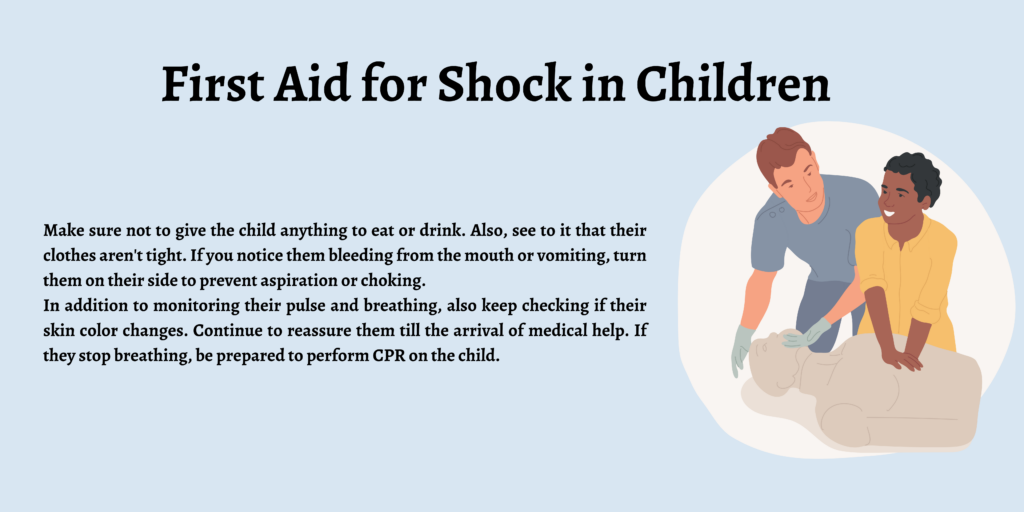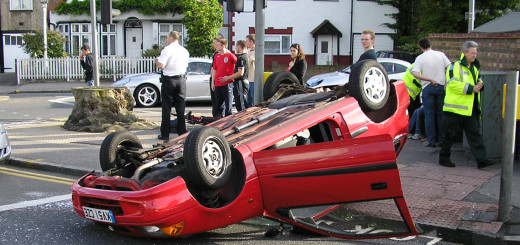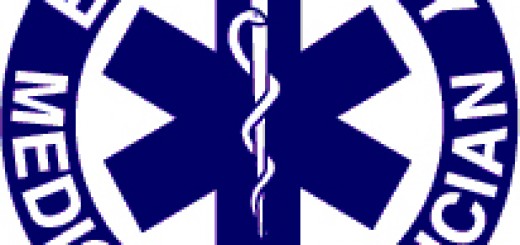How to Spot Shock in Children
When a child has a serious injury or infection, the body may react by going into shock. Shock occurs when the body tried to redirect blood to the brain and other important internal organs. As a result, less blood is sent to the outside parts of the body, so the child appears pale and has cold, clammy skin.
When a child is in shock, it may be hard to detect a pulse and blood pressure. Conditions that can cause shock include bleeding, poisoning, broken bones, severe allergic reactions, head injuries, heat stroke, dehydration, blood infections and meningitis.
Shock is a serious emergency requiring prompt medical treatment. You should never delay in calling for professional medical help if you suspect a child is unwell with shock.
Spotting the Signs of Shock
There are numerous other signs that indicate a child is in shock. Some of those symptoms and signs include:
- Reduced urine output
- Increased heart rate
- Rapid and abnormal breathing
- Mental state getting altered
- Increased capillary refill time, indicating possible dehydration
The signs of shock keep worsening over time, and if not treated properly, it can result in uncompensated shock. The signs of it are:
- Thready or weak pulse
- Experiencing hypotension or low blood pressure
- Decrease in body temperature
- Pain in the abdomen and chest
- Decreased oxygen saturation
First Aid for Shock in Children
Make sure not to give the child anything to eat or drink. Also, see to it that their clothes aren’t tight. If you notice them bleeding from the mouth or vomiting, turn them on their side to prevent aspiration or choking.
In addition to monitoring their pulse and breathing, also keep checking if their skin color changes. Continue to reassure them till the arrival of medical help. If they stop breathing, be prepared to perform CPR on the child.
Conclusion
Spotting the signs of shock in a child enables you to administer the necessary first aid early on. Once the child has been covered with clothes or blankets, call the emergency medical services immediately.Constantly monitor their pulse and breathing until an emergency medical technician reaches the scene and the child is taken to the hospital for further treatment.






